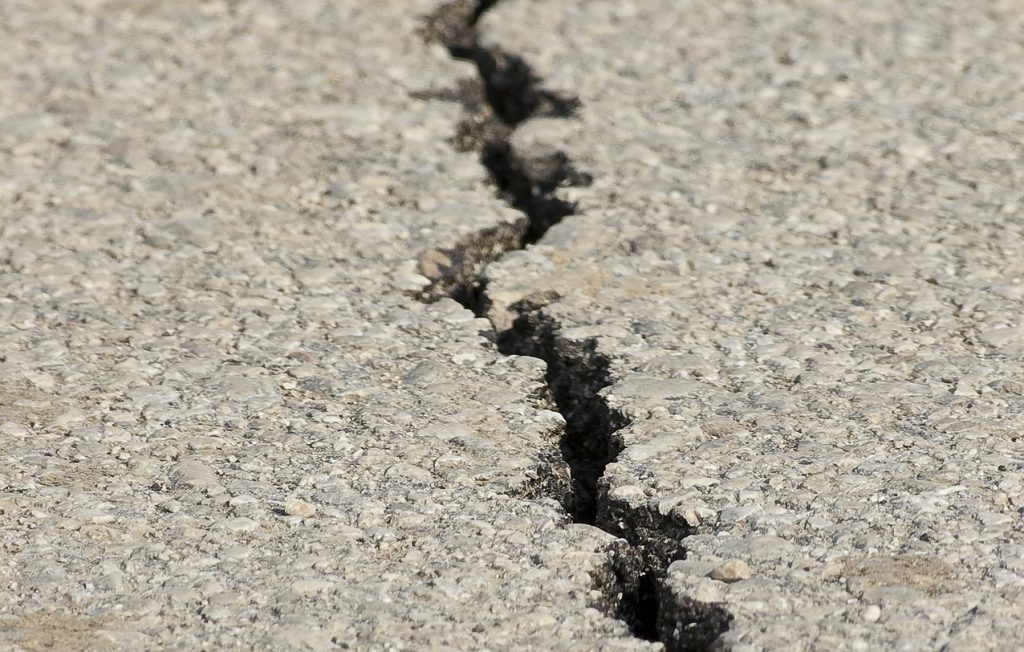
The risk of earthquakes is part of the deal when people decide to live in Southern California. We get beautiful weather, easy access to the Pacific Ocean, and wonderful cities such as Santa Barbara but with the constant threat of a serious earthquake.
Following the 1971 Sylmar Quake, thousands of buildings throughout the state were retrofitted and strengthened to be safer, while new buildings had to be built to improved codes.
While these codes proved effective to an extent, there are concerns about what the future holds. Perhaps not all injuries will be prevented. And after many disasters, insurance companies covering the area find ways not to fully pay out on valid claims. When this is the case, a tough natural disaster assistance attorney may help.
The Sylmar Quake of 1971
The San Fernando Valley, just north of Los Angeles, was hit by a 6.4 earthquake on February 9, 1971. The impact of this quake was massive: 58 people were killed, more than 2,500 were injured, and numerous buildings, including hospitals and freeway infrastructure, collapsed. This was a disastrous wake-up call for California, and in its wake, new building codes were passed to prevent such devastation in the future. These new codes not only mandated standards for future buildings, but also required retrofitting and reinforcing of buildings that had been constructed prior to their passage.
All seemed well, until the 1994 Northridge earthquake. Also epicentered in the San Fernando Valley, this 6.7 quake was felt as far away as Las Vegas. Over 8,700 people were injured and over 60 killed, and the property damage was estimated between $13 billion and $50 billion. Fires after the initial 10–20-second shaking contributed to the disaster, and the damage to certain buildings revealed flaws in the current building codes. Codes in California were again updated to make buildings more “earthquake-safe.”
Most of the building codes that were passed involve ensuring that all materials used in construction can withstand the force of an earthquake. This includes things like specifications for brick walls involving bonding and distance between headers to make them more resistant to an earthquake. Masonry has to be tested using specific methods to ensure it can withstand the shifting that occurs during an earthquake without crumbling. Additional features like wall anchors and bolts have to be tested periodically to ensure they are placed properly and can handle the force of a quake.
Future Codes and Improvements
There are new concerns, however, about whether buildings can withstand the force of a devastating earthquake and what that could mean for businesses in the state.
Most building codes have been written to ensure occupants within a building can survive a serious earthquake. The fate of the building itself is secondary, and some experts are worried that a “big one” might take a tremendous toll in terms of homes and businesses left in ruins, even if fatalities are quite low. This could result in a devastating blow to California’s economy and require years of rebuilding. New codes are being proposed that would instead protect both people and buildings, and potentially require only weeks or months of recovery.
If your building is in need of maintenance or repairs that the owner refuses to provide, call NordstrandBlack PC at (805) 962-2022. If you suffered serious property damage after a disaster and your insurance company is denying coverage or not offering you the appropriate amount of compensation for your losses, call us. Our Southern California personal injury attorneys have experience handling dangerous property conditions, construction and industrial accidents, as well as natural disasters. We offer a free consultation to review your situation.